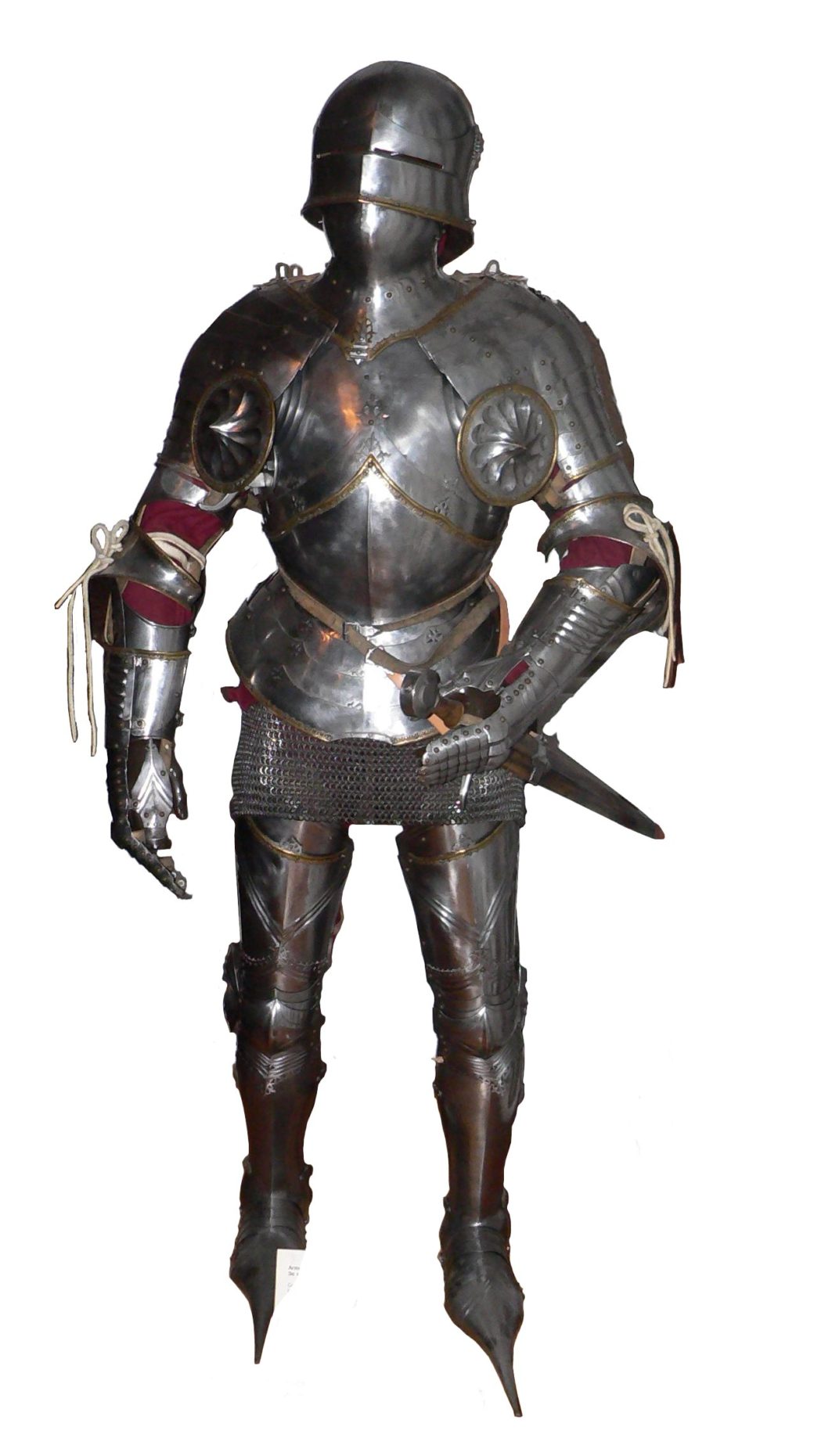Knights were central to European warfare and society for centuries during the Middle Ages. Knights were noble cavalrymen fighting for their king and for their god, participating in a complex system of chivalry and warfare. Here are eight facts you might not know about them, with all the information taken from the Casemate Short History book Knights by Rosie Serdiville and John Sadler.

- License to Kill
During the Middle Ages, Knights emerged as a King’s most effective warrior. Knights were heavily armed and well-trained noblemen on fast horses. When in action, Knights were customarily equipped with letters of protection. These provided immunity from any legal proceedings that might arise – like James Bond, Knights often had a license to kill.
- Horses, lances, swords and poleaxes
At root, Knights were noblemen rich enough to supply the equipment required for cavalry service. A war horse (destrier), for example, could cost around £40, a hefty expense, equal to twice the basic property qualification for knight service. The primary weapon of a Knight was the lance, thrusted at speed into the enemy. Once the lance was lost, swords were used. Swords came to be imbued with the legendary lure of Albion and Excalibur.

- A deadly can opener
One of the most popular knightly weapons of the 15th century was the fearsome poleaxe; a heavy axe blade on a wooden shaft, with a hefty spike on the reverse side. This tool was designed to defeat the armorer’s art by ‘opening up’ an opponent, a crude but deadly can opener!
- Beyond chivalry – the brutality of war
In 1996 excavations near the site of a famous battle in Townton revealed the remains of no less than 51 male skeletons who died ages 16-50 years. These are probably the unfortunate victims of the nearby battle. Of the 28 skulls that could be examined, 27 had suffered trauma to the head. On average, each victim had sustained four wounds.
- Tournaments, a knightly obsession
A key aspect of ‘Knight culture’ were tournaments, a hugely popular spectator sport. Tournaments of the 13th century were particularly brutal affairs. In 1274 King Edward I was invited by the Count of Chalons to take part in a tournament. After Edward topple the Count from his horse, the Count re-mounted and attacked Edward full on. Outraged, soldiers supporting both sides took up arms against each other. Dozens died in this ‘Little Battle of Chalons’.

- Chivalry and the Church
In addition to fighting effectively, knights were defined by their moral beliefs. The concept of ‘chivalry’ developed when knights became closely linked to the Christian church. This occurred after Pope Urban called for a great crusade to free the Holy Land in 1095. Thereafter, ‘taking the cross’ became a badge of respectability. Pious knights were urged to “defend to the utmost the oppressed, the widow and the orphan”.
- Castles and Sieges
Following the arrival of William the Conqueror, castles popped up across Britain. A contest raged between those who built castle walls and those who tried to knock them down. Various siege techniques were developed; including the ballista, mangonel and trebuchet. If all else failed, threats might suffice. In 1333, for example, King Edward III tried to get access to Berwick Castle by threatening to hang the governor’s two young sons. In this case, however, the governor refused and Edward grimly followed through.
- The end of the Knights
The end of the knights was fundamentally connected to developments in warfare techniques and equipment. Firstly, in the 16th century King James IV of Scotland put his faith in continental infantry tactics – massed phalanxes of pikemen. Cavalrymen were no match for these units. Secondly, an age of mass armies dawned. Bigger wars needed bigger armies and Knights were too expensive to train. The introduction of muskets around this time simply finished them off.


 Follow
Follow